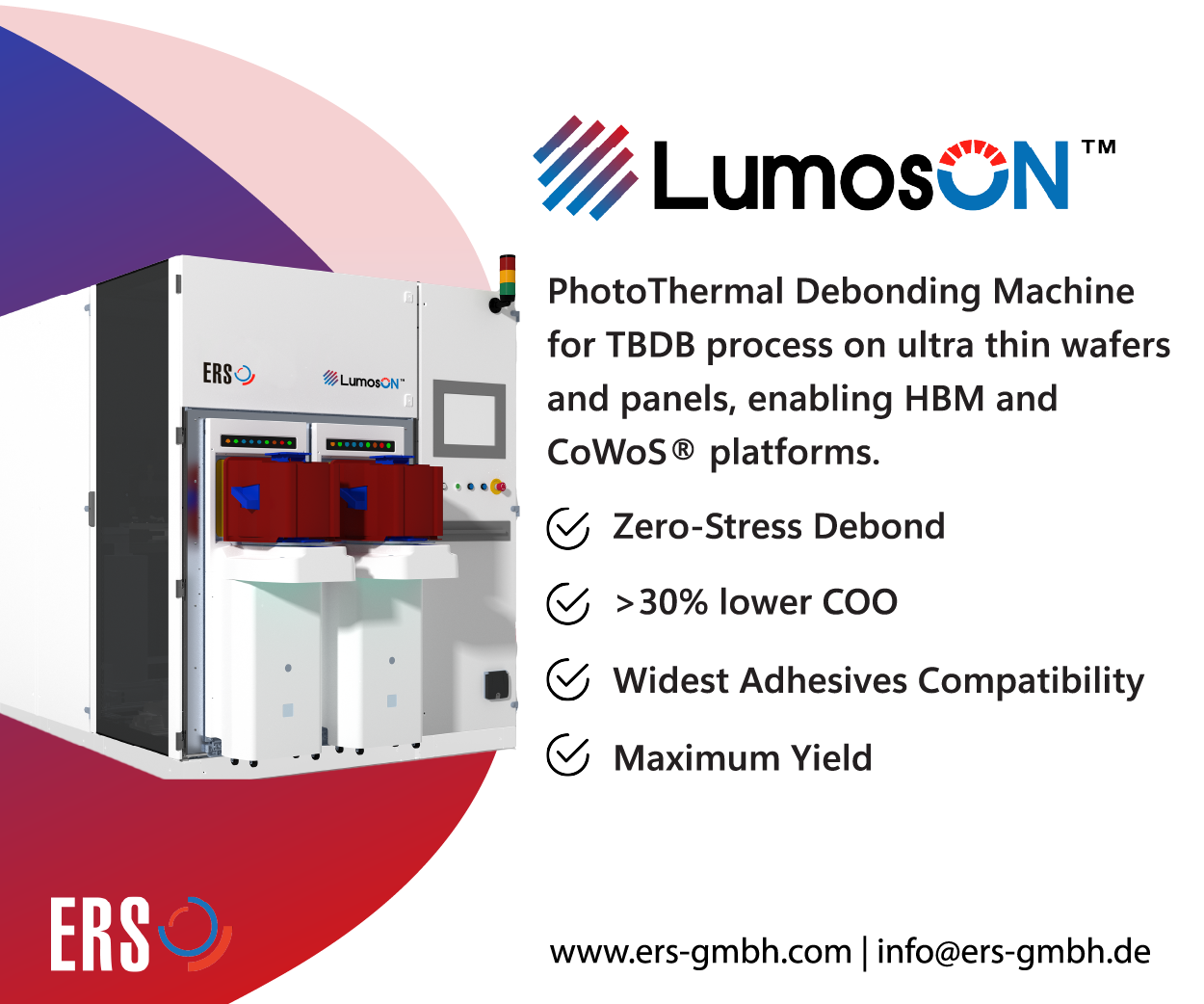As a cost modeling company, when we were asked to speak at 3D ASIP this past December, the initial topic choice seemed fairly obvious. We decided to tackle the question of whether the cost of 3D ICs will ever be low enough for HVM. We’ve done a lot of individual projects focusing on both interposer and 3D technology, so we have experience modeling both of those 3D architectures, but we have never had occasion to take a step back and ask that particular question. As we began to explore this topic, there were two takeaways that became immediately apparent.
First, we had come up with the wrong question. We had mistakenly been considering the issue from the perspective of cost coming down to a point where 3D ICs were achievable in HVM for a market that was ready for them. To repeat the analogy Chet used in his talk at 3D ASIP, this would be a bit like pushing a rope. We shouldn’t be looking at cost and hoping it comes down enough for a particular market segment. Instead, we should be asking which market segments are going to drive and demand 3D architecture. The difference between those two mindsets is the difference between having a solution and looking for the problem it will fix, or having a problem and then going out to find the solution.
The second takeaway was that the cost of interposer and 3D technologies, like any cost, needs to be looked at with the perspective of the entire industry in mind. Knowing the cost of one technology that can be used to package your design is an excellent first step. However, to make the right decision, you must go one step further and understand the cost of all the technologies that can be used to package your design.
In the world of cost modeling, there is one statement that is always true. The best packaging choice is the one that meets the product requirements with the lowest cost. Right now, both interposer technology and 3D technology are the most expensive options. If any other packaging technology can support the performance and size requirements that your design needs, that other technology will be cheaper. We have written multiple white papers on these comparisons, using actual design samples.
This presents a conclusion that goes hand in hand with the discussion above, about creating a solution and finding a problem, or waiting for a problem (a market) to demand a solution (a technology). Interposer and 3D technology are currently the technologies of last resort. This doesn’t mean they can’t or won’t be successful—being the choice of last resort doesn’t make a choice any less valid. But interposer and 3D solutions need to be used thoughtfully, selected for particular designs and applications, to make the cost that goes into them worthwhile. ~ A. Palesko





















